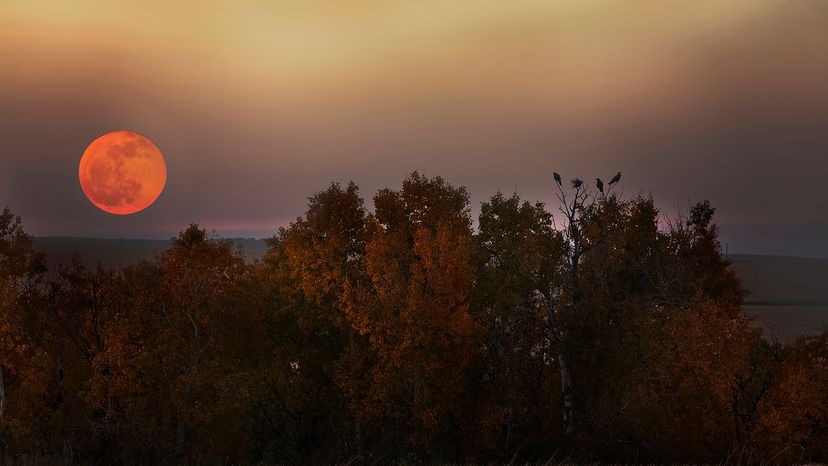
There are names for all the full moons that occur throughout the year (seriously, we collected all the full moon names in one place), but the harvest moon is a little bit different. It's based not on the month it falls within, but proximity to the autumnal equinox.
There are a few other curiosities about this particular full moon — especially in 2023, when the Northern Hemisphere will see the harvest moon overlap with the supermoon and a take on sunset-like hue. Read on to find out when to see this year's harvest moon and learn some fun (yet relevant!) pop culture trivia.
Advertisement